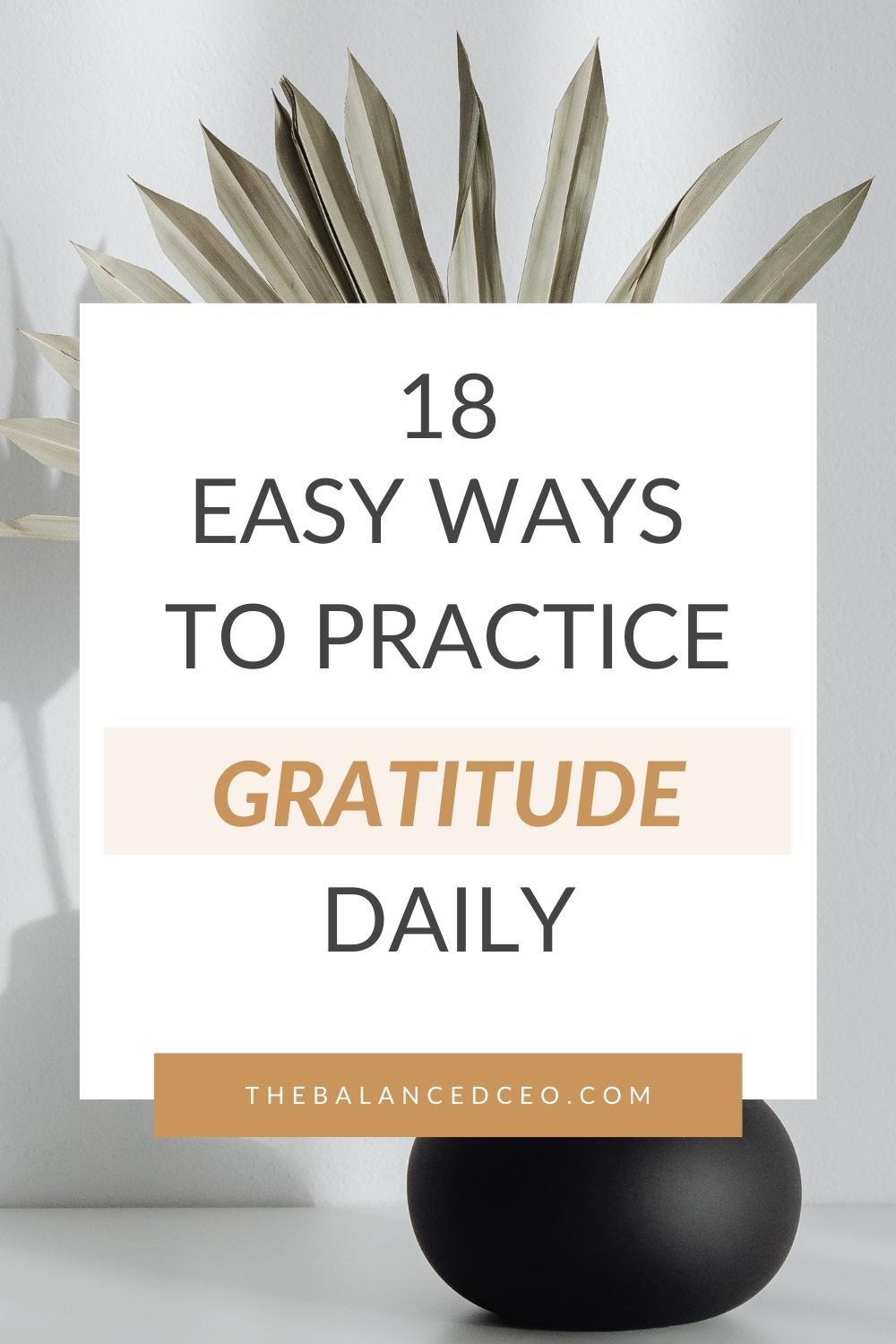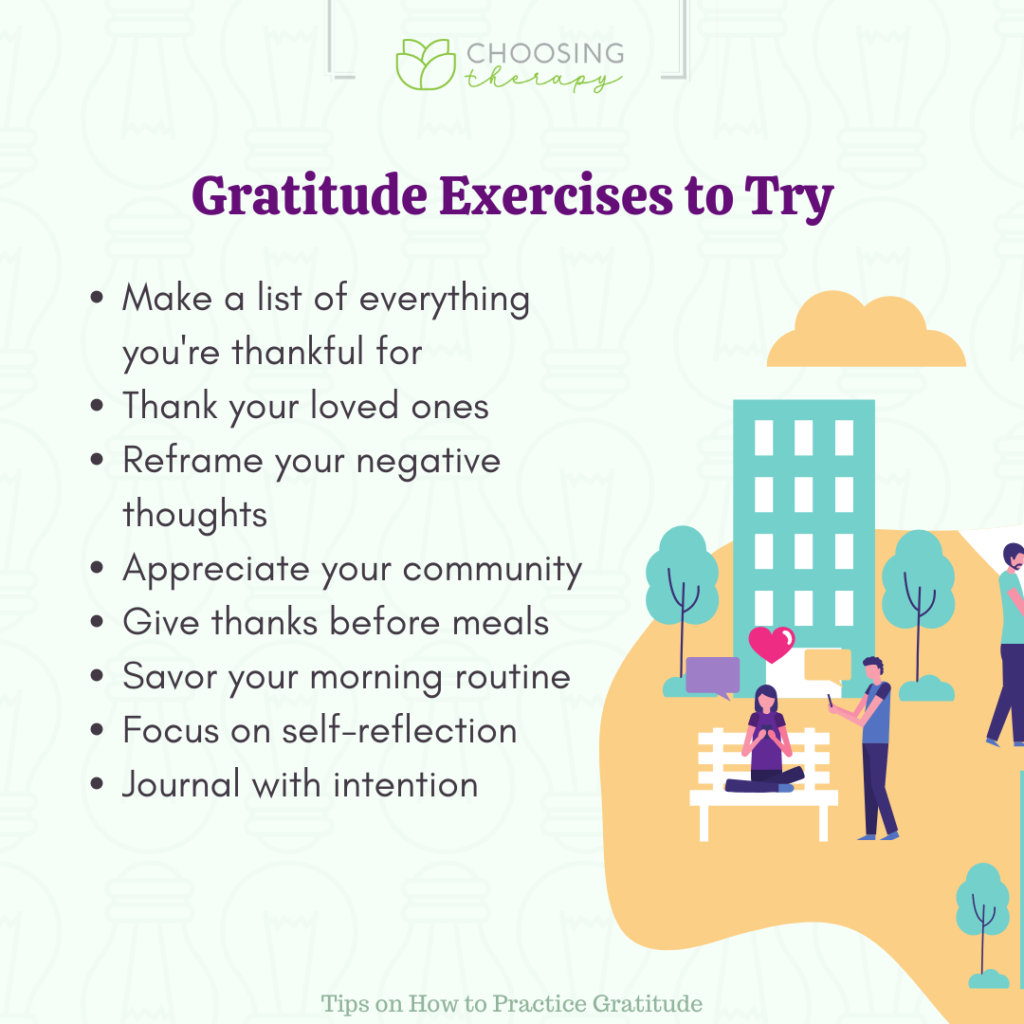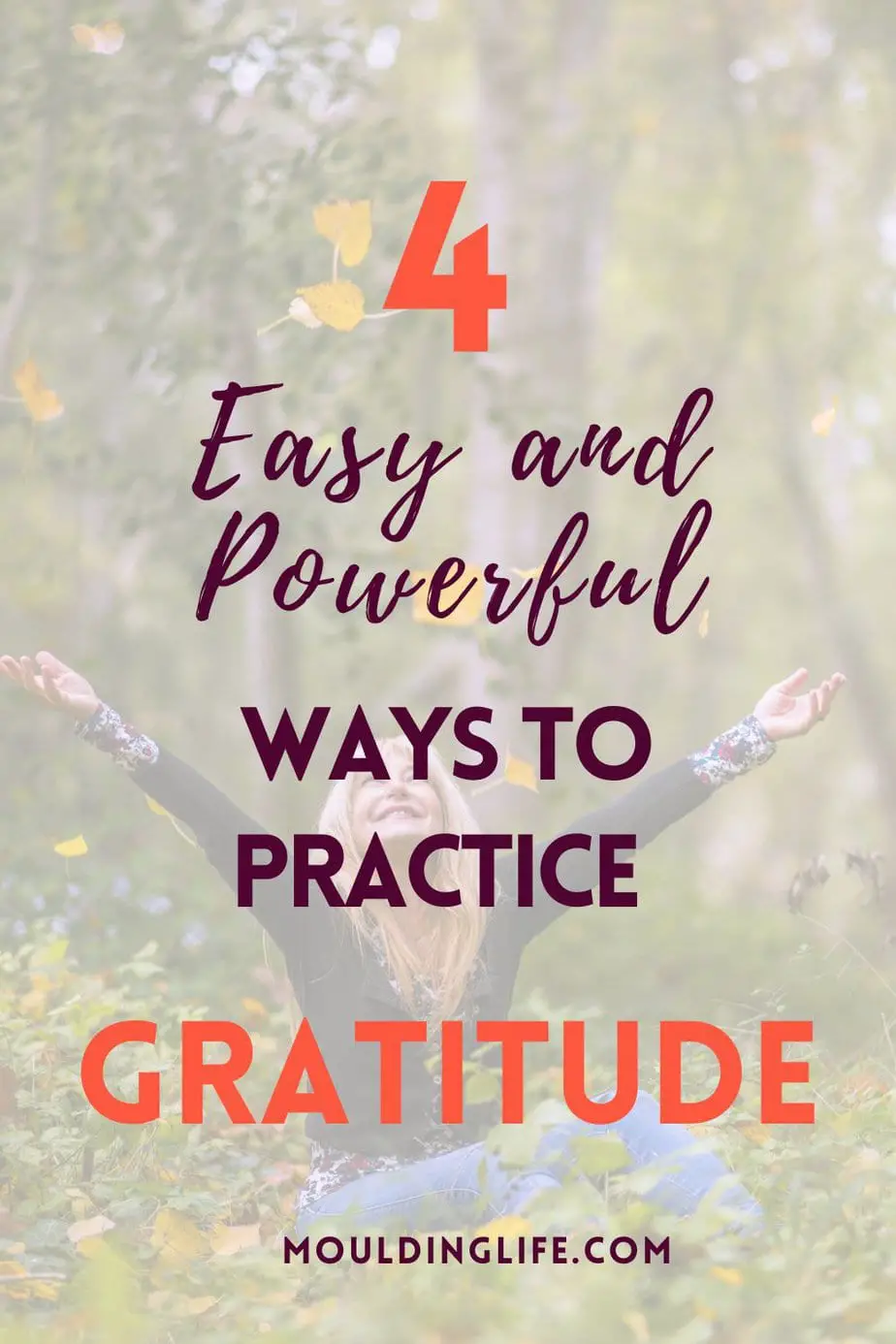Best Ways To Practice Gratitude

Feeling overwhelmed? Stuck in a rut? You might be missing a secret ingredient to a happier life: gratitude. This isn't about forced positivity; it's about genuinely appreciating the good things, big or small. This guide is designed for those just starting their gratitude journey, exploring practical ways to cultivate a thankful mindset.
Why Bother with Gratitude?
Gratitude isn't just a feel-good fad. Studies show it can boost your mood, improve your relationships, and even increase your physical health. By shifting your focus from what's lacking to what you have, you create a more positive outlook on life.
Top 5 Ways to Practice Gratitude: A Comparison
| Method | Description | Time Commitment | Cost | Benefits |
|---|---|---|---|---|
| Gratitude Journaling | Writing down things you're grateful for. | 5-10 minutes daily | Low (notebook & pen) | Increased awareness, improved mood. |
| Gratitude Jar | Writing down things you're grateful for on slips of paper and placing them in a jar. | 5 minutes daily | Low (jar & paper) | Visual reminder of good things. |
| Gratitude Meditation | Focusing on feelings of gratitude during meditation. | 10-20 minutes daily | Low (free apps available) | Reduced stress, enhanced mindfulness. |
| Gratitude Letters | Writing letters to express appreciation to someone. | 30-60 minutes (one-time) | Low (paper & pen) | Strengthened relationships, positive emotions. |
| Gratitude Visualizations | Mentally picturing and feeling grateful for positive aspects of your life. | 5-10 minutes daily | Free | Increased optimism, improved self-esteem. |
Detailed Reviews of Gratitude Practices
Gratitude Journaling: The Classic Choice
Gratitude journaling is a simple yet powerful tool. All you need is a notebook and pen. Dedicate a few minutes each day to write down things you're grateful for – from the sunshine to a kind word from a friend.
Don't worry about perfect grammar or lengthy entries; just focus on genuine appreciation. The act of writing itself helps solidify those positive feelings.
The Gratitude Jar: A Visual Reminder
Similar to journaling, the gratitude jar involves writing down things you appreciate. But instead of keeping them in a notebook, you fold them up and place them in a jar. As the jar fills up, it becomes a visual representation of all the good in your life.
This is especially helpful during tough times. Looking at a jar full of positive moments can provide a much-needed boost.
Gratitude Meditation: Mindfulness and Appreciation
Gratitude meditation combines mindfulness with appreciation. Find a quiet space and focus on your breath. Then, bring to mind things you're grateful for, allowing yourself to fully feel the positive emotions associated with them.
Many free guided meditations are available online to help you get started. This practice can significantly reduce stress and improve your overall well-being.
Gratitude Letters: Expressing Your Appreciation
Writing a gratitude letter takes a bit more time, but it's incredibly rewarding. Choose someone who has made a positive impact on your life and write them a letter expressing your sincere appreciation. Be specific about what they did and how it made you feel.
Consider actually sending the letter – it will brighten their day as much as it brightens yours. Even if you don't send it, the act of writing can be therapeutic.
Gratitude Visualizations: Seeing the Good
Gratitude visualizations involve using your imagination to cultivate feelings of thankfulness. Close your eyes and picture something you're grateful for – your home, your family, or a past success. Focus on the details and truly feel the positive emotions associated with it.
This practice can help you develop a more optimistic outlook and improve your self-esteem. Regular visualization helps program your mind to see the good in every situation.
"Used vs. New" Approach to Gratitude Practices
Think of these practices like tools – you don't need fancy equipment to start. A "new" approach might involve purchasing a beautiful journal or a specialized meditation app. A "used" approach simply means using what you already have: a blank notebook, a piece of paper, or a few moments of quiet time.
Pros of "New": Motivation from new supplies, structured guidance from apps. Cons of "New": Potential expense, feeling pressured to use it perfectly. Pros of "Used": Cost-effective, flexible and adaptable. Cons of "Used": Requires more self-discipline, can feel less "special."
Reliability Ratings by "Brand" (Practice Type)
When it comes to reliability, it's less about the "brand" and more about your consistency. However, some practices tend to be more consistently adopted and maintained than others.
- Gratitude Journaling: High (easily incorporated into daily routine)
- Gratitude Jar: Medium (requires consistent effort to write notes)
- Gratitude Meditation: Medium (requires dedicated time and practice)
- Gratitude Letters: Low (often a one-time event)
- Gratitude Visualizations: High (can be done anywhere, anytime)
Checklist: 5 Must-Consider Features Before Choosing a Gratitude Practice
- Time Commitment: Can you realistically dedicate the necessary time?
- Cost: Is it budget-friendly?
- Ease of Use: Is it simple and straightforward to implement?
- Personal Preference: Does it resonate with your personality and lifestyle?
- Sustainability: Can you see yourself maintaining this practice long-term?
Key Takeaways: Your Path to Gratitude
Practicing gratitude is a simple yet powerful way to improve your well-being. You don't need to spend a lot of money or time to reap the benefits. Choose a practice that fits your lifestyle and personality and be consistent. Start small and gradually increase your commitment as you feel comfortable.
Consider the time commitment, cost, ease of use, and your personal preferences when choosing a method. Remember to make the practice sustainable for long-term success. Consistency is key to experiencing the full benefits of gratitude.
By focusing on the good things in your life, you can cultivate a more positive, resilient, and joyful existence. Embrace the power of gratitude and watch your life transform.
Ready to Begin?
Start small! Pick one practice that resonates with you and commit to it for a week. Observe how it impacts your mood and overall well-being. Experiment with different methods until you find what works best for you. What are you grateful for today? Write it down now!


















